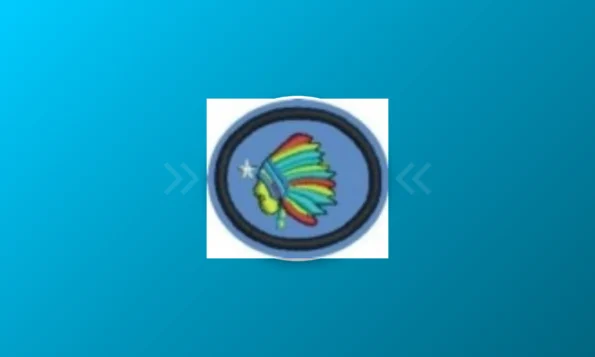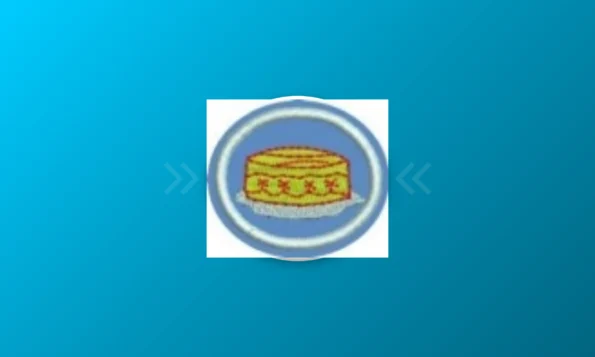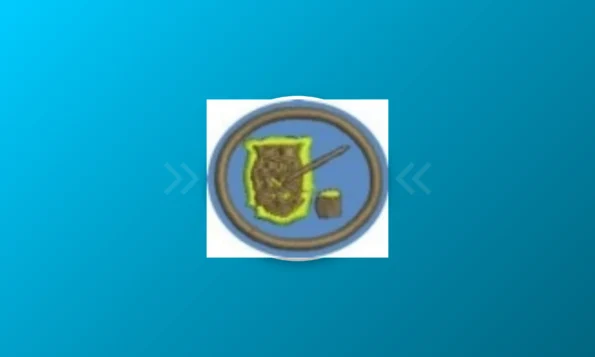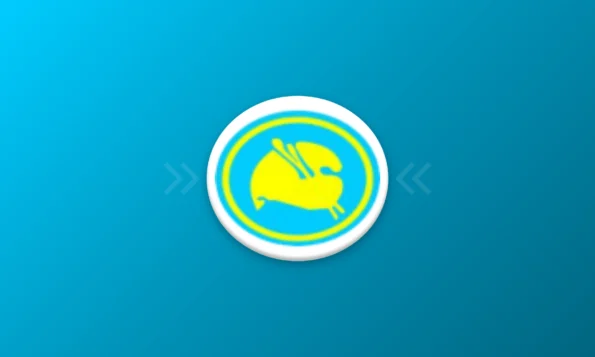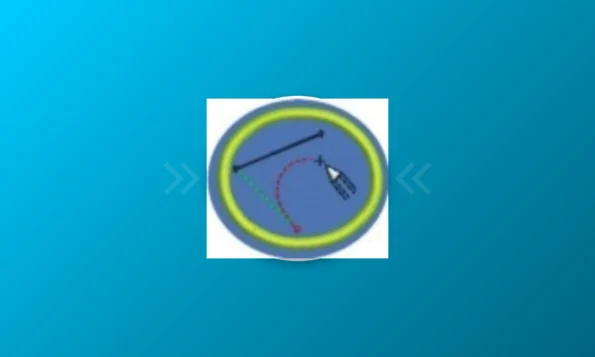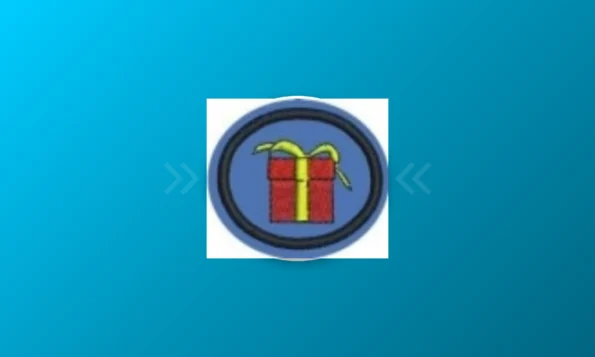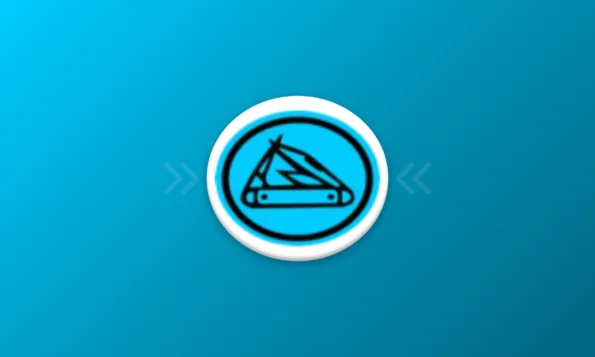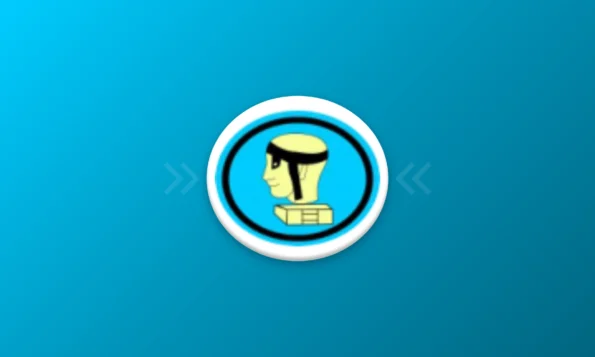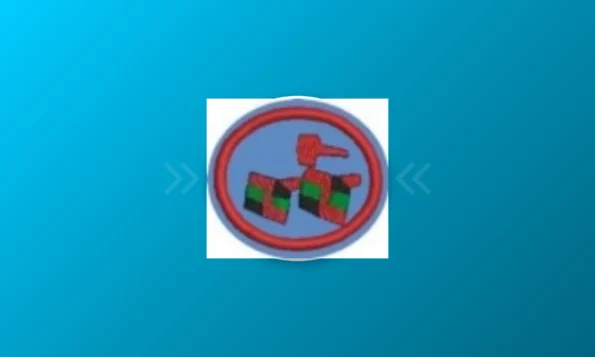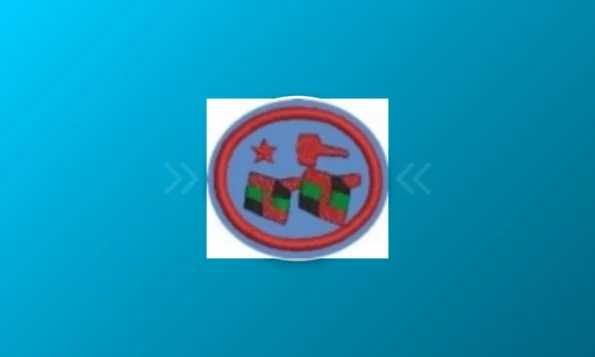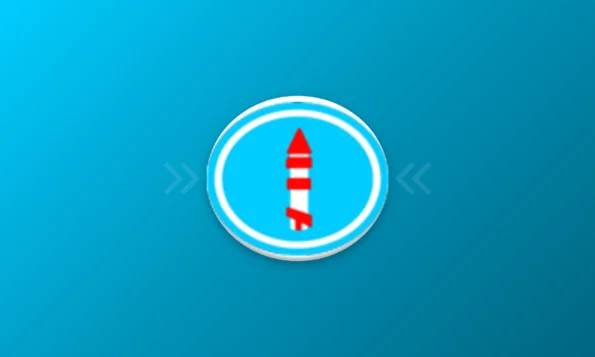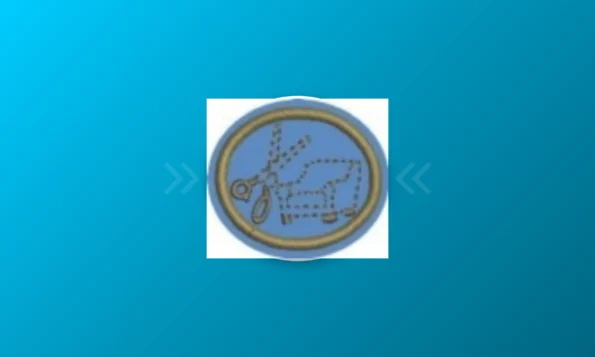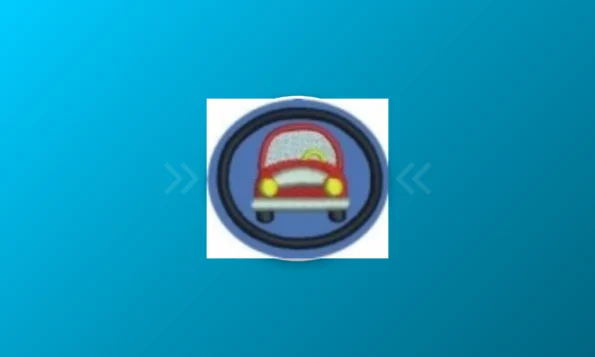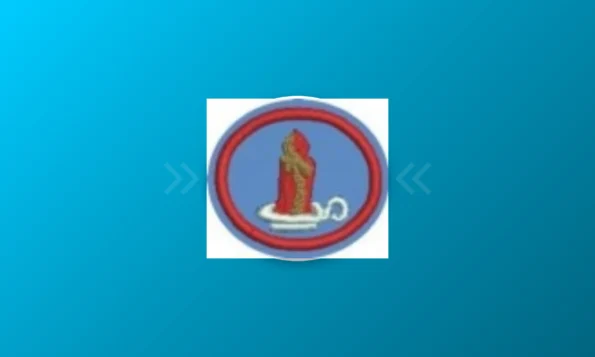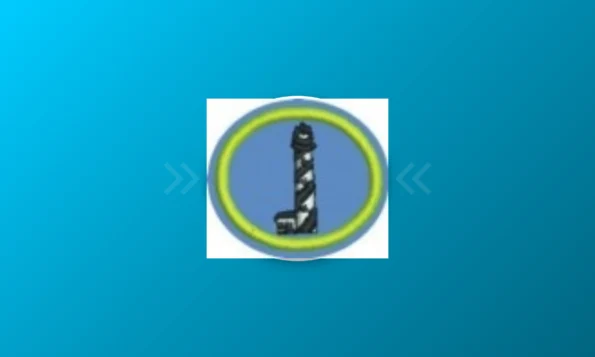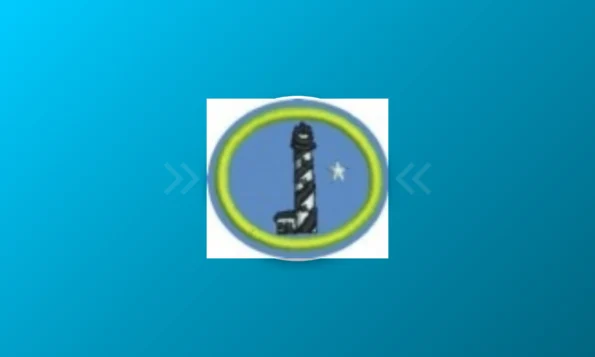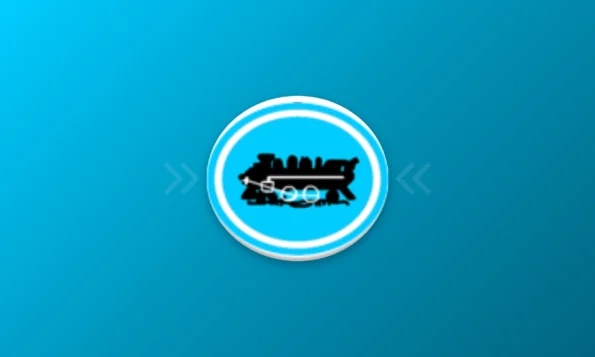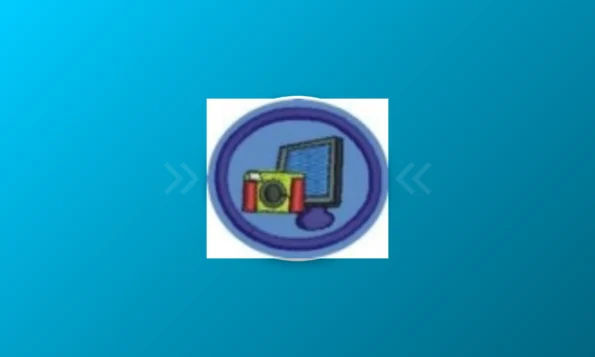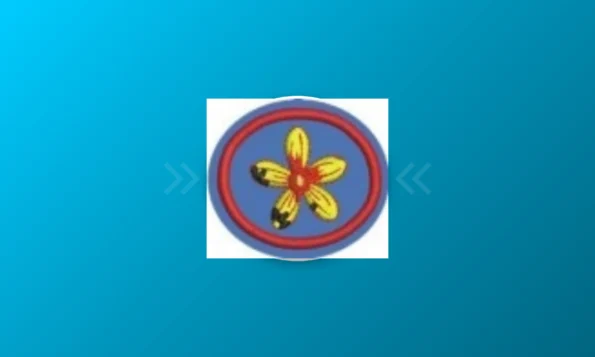Prova de Especialidade – Cultura Indigena Avancado
Prova de Especialidade – Decoracao de Bolos
Prova de Especialidade – Decoupage
Prova de Especialidade – Desenho e Pintura
Prova de Especialidade – Desenho Vetorial
Prova de Especialidade – Embalagem
Prova de Especialidade – Entalhe em Madeira
Prova de Especialidade – Escultura
Prova de Especialidade – Esmaltado em Cobre
Prova de Especialidade – Esmaltado em Cobre Avancado
Prova de Especialidade – Espacomodelismo
Prova de Especialidade – Espacomodelismo Avancado
Prova de Especialidade – Estofamento
Prova de Especialidade – Eva
Prova de Especialidade – Fabricacao de Velas
Prova de Especialidade – Farois
Prova de Especialidade – Farois Avancado
Prova de Especialidade – Ferreomodelismo
Prova de Especialidade – Fotografia Digital
Prova de Especialidade – Fuxico
Online store of household appliances and electronics
Then the question arises: where’s the content? Not there yet? That’s not so bad, there’s dummy copy to the rescue. But worse, what if the fish doesn’t fit in the can, the foot’s to big for the boot? Or to small? To short sentences, to many headings, images too large for the proposed design, or too small, or they fit in but it looks iffy for reasons.
A client that’s unhappy for a reason is a problem, a client that’s unhappy though he or her can’t quite put a finger on it is worse. Chances are there wasn’t collaboration, communication, and checkpoints, there wasn’t a process agreed upon or specified with the granularity required. It’s content strategy gone awry right from the start. If that’s what you think how bout the other way around? How can you evaluate content without design? No typography, no colors, no layout, no styles, all those things that convey the important signals that go beyond the mere textual, hierarchies of information, weight, emphasis, oblique stresses, priorities, all those subtle cues that also have visual and emotional appeal to the reader.




